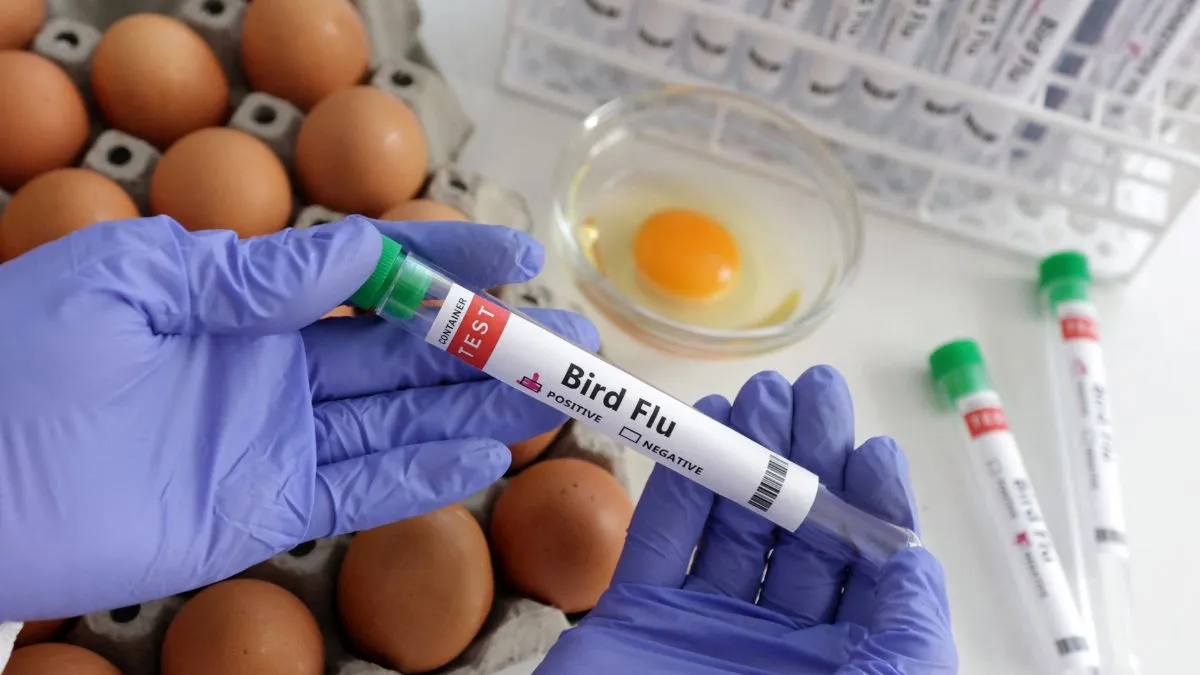- By Shivangi Sharma
- Sat, 28 Dec 2024 09:15 PM (IST)
- Source:JND
Health officials are on high alert following the discovery of new mutations in the bird flu virus (H5N1) in a patient from Louisiana. The genetic changes, identified during routine monitoring, have raised concerns about the virus's potential to evolve into a form that could spread more easily among humans, a scenario that experts warn could pose a significant global health threat.
The US Centers for Disease Control and Prevention (CDC) has reported the first severe case of bird flu in the US showing signs of mutation, raising fears about the virus becoming more transmissible among humans. The CDC has documented 66 human cases of H5N1 bird flu in the US, though the true number may be higher. While most cases have been mild, the outbreak has devastated the American egg industry and intensified concerns over a potential new pandemic.
CDC confirms first severe case of H5N1 Bird Flu in the U.S. While an investigation into the source of the infection is ongoing, it has been determined that the patient had exposure to sick and dead birds in backyard flocks.
— CDC (@CDCgov) December 18, 2024
No person-to-person spread of H5 bird flu has been… pic.twitter.com/0jgHKkjQpx
The mutations were detected in a patient who was hospitalised with severe respiratory symptoms. Genetic sequencing of the virus revealed changes that could potentially enhance its ability to infect human cells. While there is currently no evidence of human-to-human transmission, the discovery has heightened vigilance among virologists and epidemiologists.
The CDC acknowledged that the Louisiana bird flu case is ‘concerning’ but emphasised that no evidence of person-to-person transmission has been detected.
Experts Downplay Human-To-Human Transmission Of Bird Flu Amid Mutations
Experts assert that the bird flu virus has not yet evolved to be easily transmitted between humans. While the virus has caused sporadic, mostly mild infections in the US, nearly all cases involve individuals working on dairy or poultry farms.
The H5N1 strain of bird flu has primarily affected poultry and wild birds, with occasional cases in humans, often linked to direct contact with infected animals. However, the virus’s ability to mutate and potentially adapt for human-to-human transmission remains a major concern.
Despite the concerning mutations, experts emphasise that the risk to the general public remains low at this time. However, they caution that vigilance is essential to prevent a worst-case scenario.
